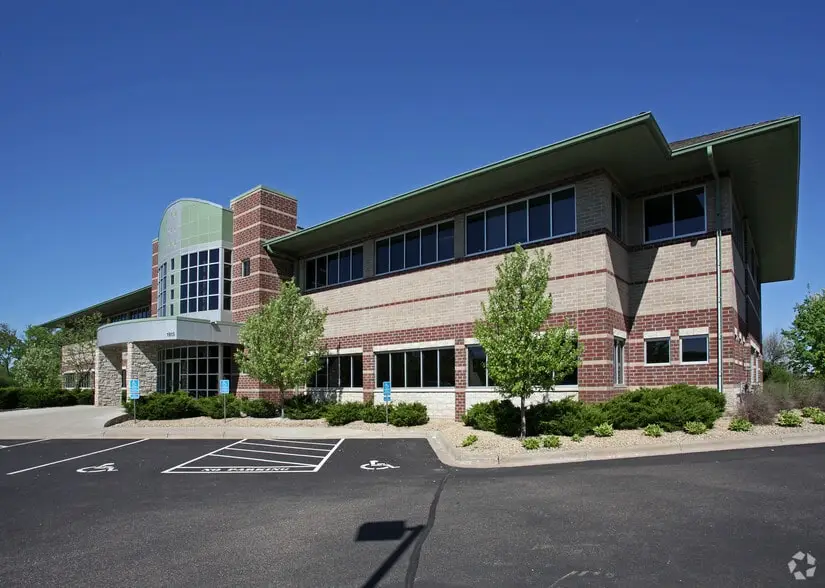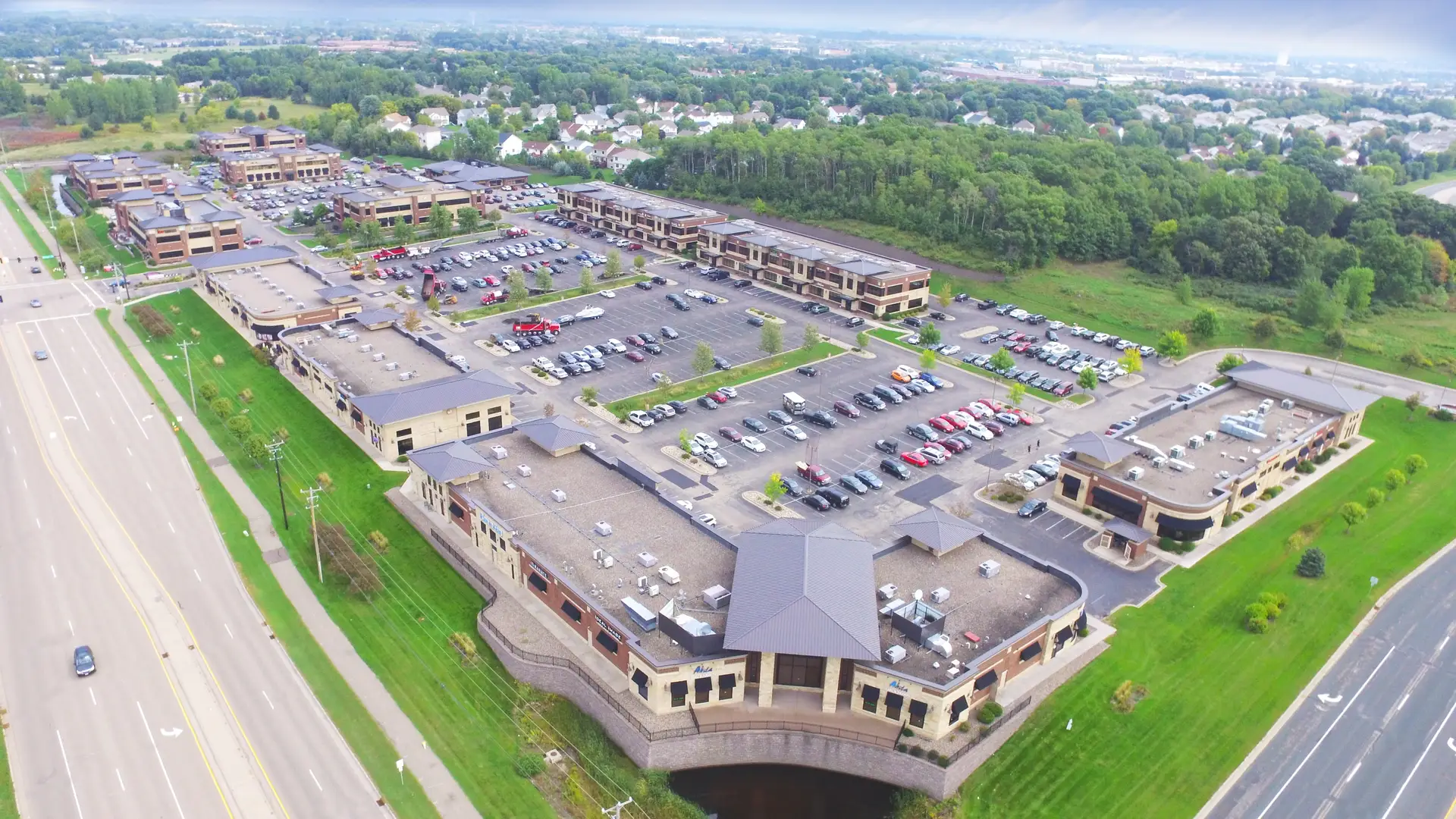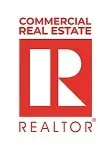Mastering Budget Projections for Commercial Properties
Mastering budget projections for your commercial portfolio helps you manage your properties more smoothly and enjoy long-term profitability. Savvy commercial property owners and their managers leverage technology, stay on top of market trends, and proactively manage expenses by reviewing data and sticking to a strategic plan. Here are eight ways you can improve your budget projection skills and improve profitability this year.
1. Understand Budget Basics
Mastering Budget Projections: Key Strategies for Success
A commercial property budget contains several important components. Tracking these components will help you understand where your money comes from and where you are spending it. A commercial property budget should include the following items:
- Operating expenses, such as maintenance, utilities, landscaping, security, and insurance.
- Capital expenditures, including large-scale improvements such as roof replacements, structural repairs, and HVAC upgrades.
- Revenue streams, such as rent, parking fees, advertising, and other services you offer.
- Reserves for contingencies, including funds for emergency repairs and legal fees.
2. Leverage Historical Data
If you have data from prior years, leverage it to find trends and patterns in your revenue and spending. This can help you establish more realistic baselines for future budget projections. Consider reviewing seasonal variations in utility costs or maintenance, historical occupancy rates for your buildings and how they impact revenue, and trends in vendor pricing.
3. Monitor Market Trends
Local real estate and economic data can give you a picture of where your market is headed. When Clarity Commercial works with clients on budget projections, we take a close look at market trends. We consider economic factors such as interest rates, inflation, and property tax changes as well as the local competition’s rental rates and amenities. Last, we take a look at what tenants are demanding from their spaces. All of these factors contribute to local market trends and should be considered when making budget projections.
4. Implement Financial Technology
Property management software and other financial tools can automate calculations, generate reports, and offer you real-time insights into your portfolio. We use technology that empowers us to automate expense tracking, forecast different models, and integrate our accounting software so our financial records are accurate.
5. Anticipate Occupancy Fluctuations
Any good budget projection anticipates fluctuation in occupancy rates, as occupancy rates directly affect your revenue. We recommend most budget projections include a healthy vacancy buffer to cover potential downtime. Your list of expenses should also include marketing and tenant retention efforts.
6. Include Maintenance Expenses
Sometimes, we see property owners plan for major capital improvements in their budgets, but neglect to include costs for regular maintenance. However, including regular maintenance costs in your budget projections can save you money in the long run, as maintenance can avoid costly big repairs down the road. Be sure routine inspections for your buildings’ systems are included in your budget, as well as snow removal and landscaping.
7. Adjust Your Budget Dynamically
Budget projections are predictions, not actual reality. That’s why it pays to review your projections regularly and make adjustments. We conduct quarterly budget reviews to stay on top of changing market conditions, react to a changing economy, and to uncover opportunities to renegotiate vendor contracts.
8. Communicate Your Budget Goals
Whether they are your property manager, your spouse, your business partner, or investors, you need to communicate your budget goals and budget projection with the key stakeholders in your portfolio. This will ensure that everyone is working together toward your goal for your properties. Budget projections take time and experience to master. The Clarity Commercial team has expertise and years of experience helping our clients make plans for their properties and increase their profitability. Contact our team today to learn how we can help you master budget projections

For more information or to request a free estimate, visit their website at https://myclaritycommercial.com/ or give us a call at (952) 370-224-2699.
Affiliations & Credentials: We are proud members of IREM, CCIM and MNCAR along with various professional organizations, and hold relevant certifications in the real estate management field. Our affiliations and credentials demonstrate our commitment to excellence and our ongoing efforts to stay up-to-date with industry best practices.
Spring 2023 IREM Property Manager Professional Development Events
Commercial Property Spring Cleanup Tips
Upgrade to Cloud-Based Access Control
Weather.com
Minnesota Department of Natural Resources
HomeAdvisor
Energy.gov
National Roofing Contractors Association















